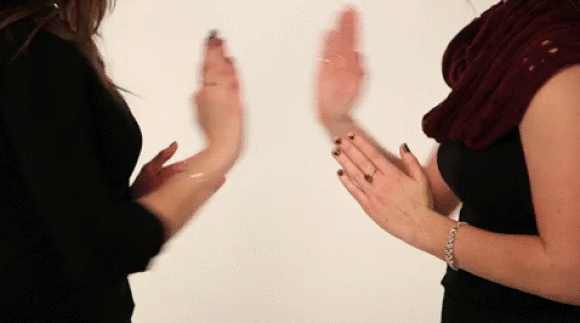Exploring the "X"
- Jackie Bradbury

- Mar 6, 2019
- 3 min read
Gosh, is this another post about geeky Arnis stuff and sinawali?
YOU BETCHA.
Some time ago, I got to spend an entire class playing with our Brown Belts (which is rare and awesome for me). We were playing with different sinawali patterns, and working with an idea that Datu Dieter Knüttel mentioned they do over in Germany with their training, which is using different ways to strike on the same basic sinawali pattern.
For example, take single sinawali - it's a high/low strike pattern (head and knees) that you can do single or double sticks. If you've done FMA's at all and learned sinawali, you probably learned this pattern. You can do this same pattern with one hand doing the high and low strike (and then the alternating hand) - this ends up as a #1 and a #8 strike (from the Modern Arnis 12 angles of Attack).
This is single sinawali:
But you can also do the same pattern - the same targets and angles - if you alternate your hands and deliver all forehand strikes. It becomes a right hand #1, a left hand #9, a left hand #1, and a right hand #9 strike, all from an open chamber.
Then you can have one person doing the "traditional" single sinawali, and the other person doing the alternate I just described, and they can remain in flow.
Of course, there's other variants too, including using all backhand strikes, two sticks vs. one, switching from right to left hand with a single stick, and of course, all single-stick. But it's fun to explore and play with the idea, because then combative inserts - much like many of us do when we start tapi-tapi play off of single sinawali - change based on which variant you're doing.
As I told you up front - geeky, geeky stuff.
So, we got to riffing off of the sinawali pattern we call "X Pattern". This pattern is an open-chambered sinawali pattern of two high and two low strikes, where the arms go from open to closed and back to open chamber again - it's like "winding" and "unwinding" while you strike.
Here's a video where you can see what this pattern looks like (plus a bunch of variants on "basic" X pattern sinawali):
None of us had really done this sinawali pattern in any non-standard way before this session, so we started wondering... can we do this pattern all open chamber (which would make it all forehand strikes)? As it turns out, yep, you certainly can, easy-peasy (Right #1, Left #1, Left #9. Right #9).
Then, can you do one stick vs. two sticks? Yep, you can do that too, and it's slightly different if you're the one-stick person and you have it in your left or right hand.
So what about doing inserts - pokes, punyo entries, and the like - off of "X" pattern? Can we get to some of the various tapi-tapi we've learned? Where are the traps, the disarms, the combative inserts?
Oho, now we're playing.
We riffed off of a bunch of ideas on the basic "X" pattern, and the hour flew by. We barely scratched the surface of what might be there in that time.
It leads to all sorts of interesting trains of thought, if you allow yourself to step outside the strict boundaries of the sinawali pattern itself. It gives you a different viewpoint to "riff" off of, to pull in other things you already know in a new way. It's new problems to solve, or sometimes, proving to you that you already know the solution to problems you haven't been presented with yet.
If you are a Filipino Martial Arts player - try this with your favorite sinawali pattern and see what you discover.
If you're in a different martial art, think about other drills you do, and how you might try breaking them apart and looking at them in a new way.
Break your version of sinawali, explore your "x", and discover something new!





Comments